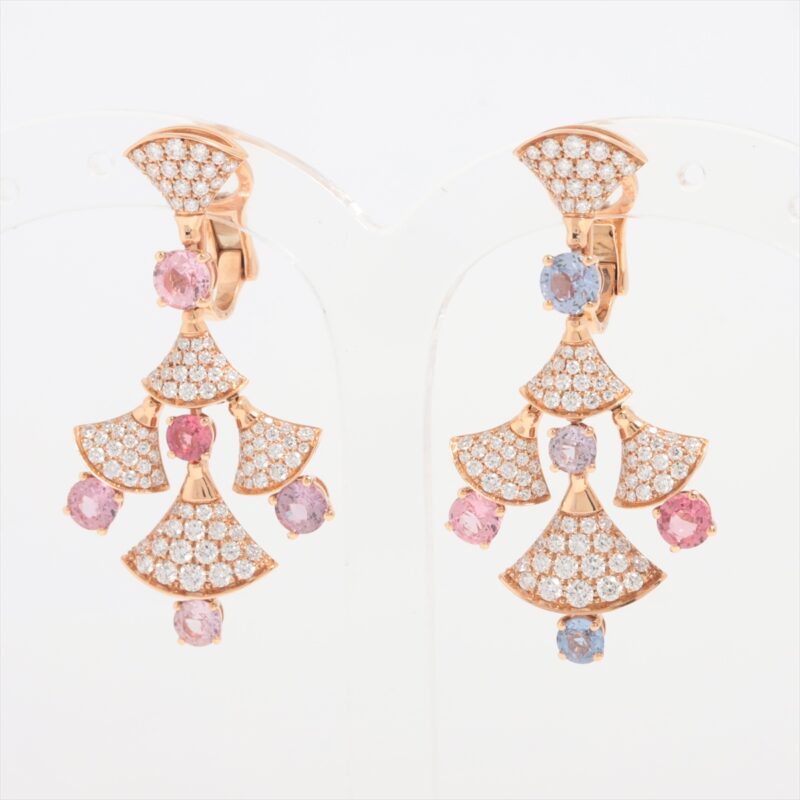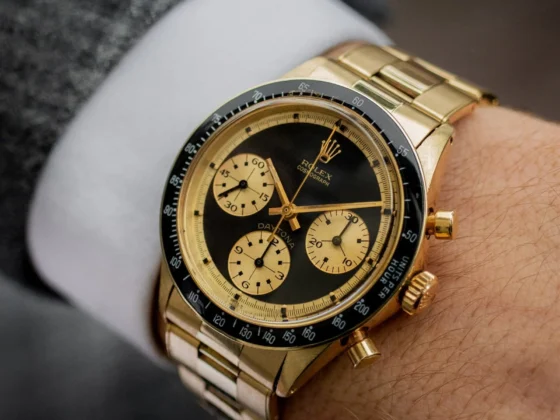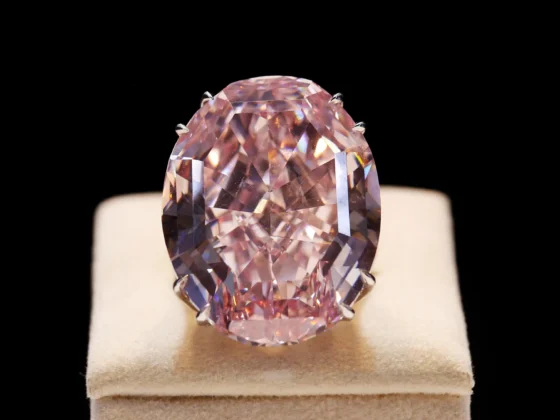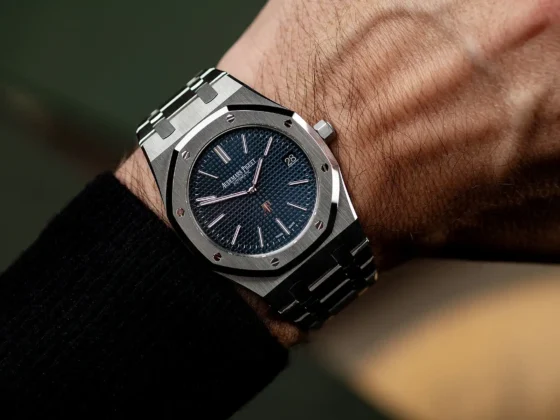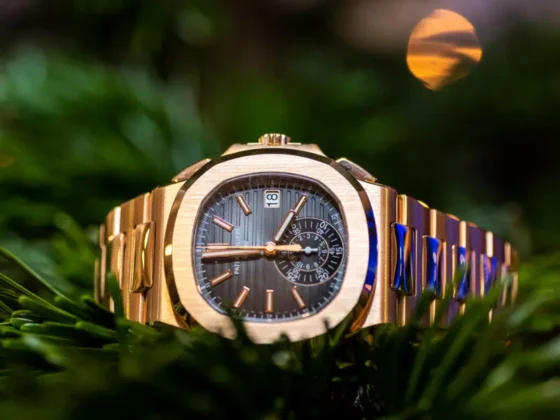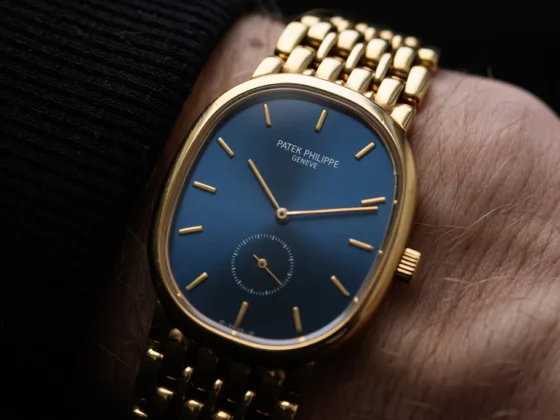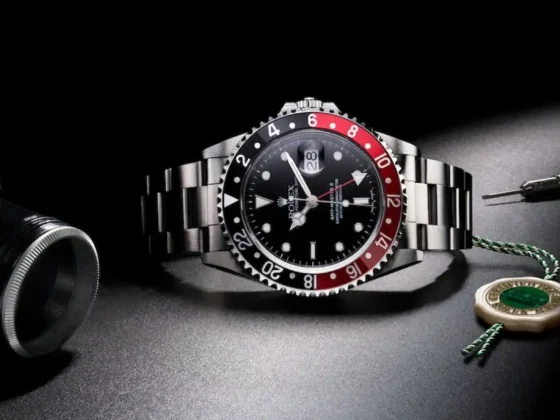In the world of luxury collecting, jewelry holds a unique allure. Beyond their aesthetic appeal, some jewelry pieces possess the potential to grow in value over time, making them not only beautiful adornments but also smart investments. However, distinguishing which pieces will appreciate can be challenging, given the complexities of the jewelry market.
This guide offers insights into how to identify high-end jewelry pieces with the potential to increase in value, focusing on factors such as craftsmanship, rarity, historical significance, and brand recognition.
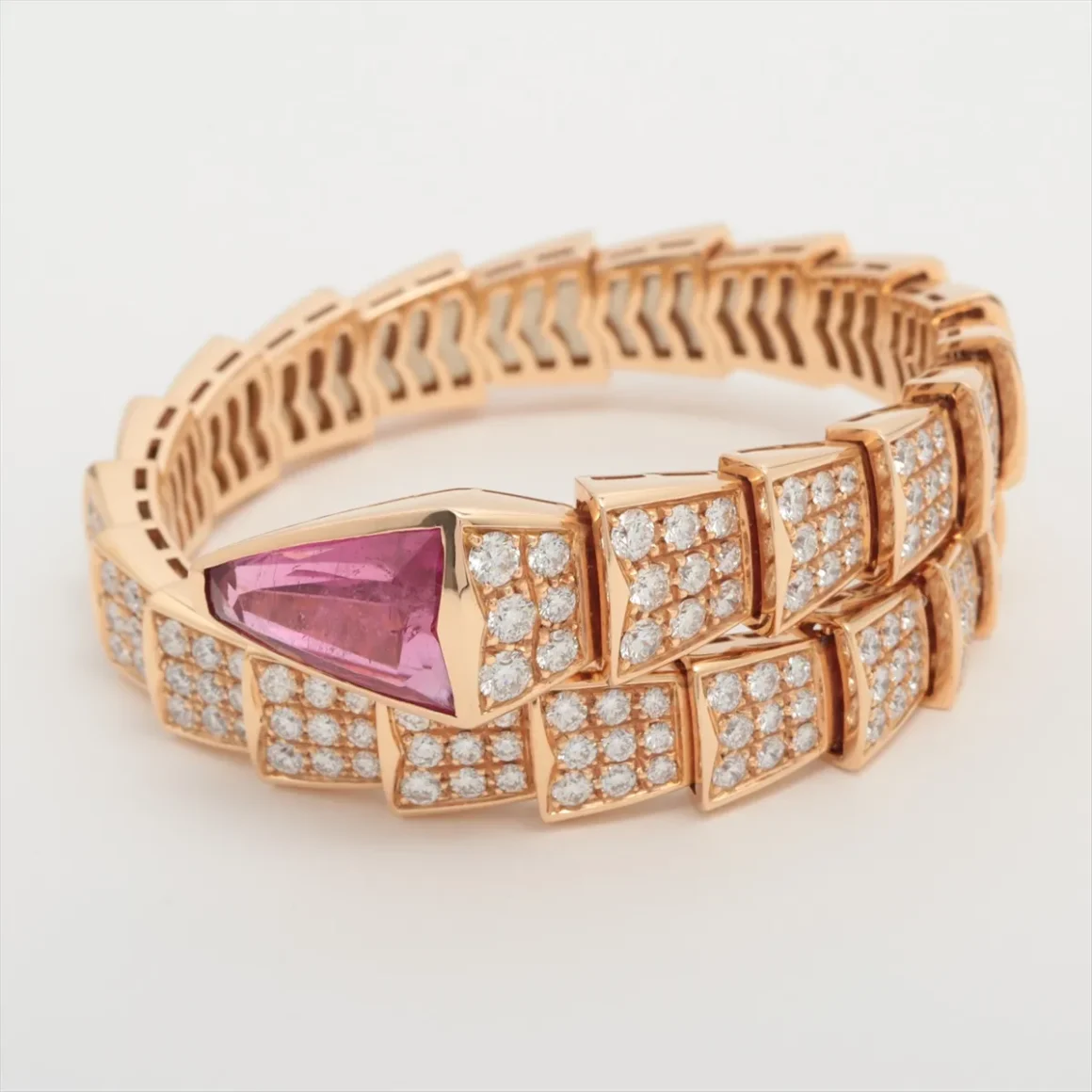
1. Focus on Iconic Brands and Designers
When it comes to jewelry that holds or increases in value, the brand behind the piece plays a crucial role. Iconic jewelry houses like Cartier, Van Cleef & Arpels, Tiffany & Co., and Maison Designers are well-known for their exceptional craftsmanship and designs that stand the test of time. Pieces from these brands are often more likely to appreciate because of their established reputations, design quality, and consistent demand in the luxury market.
Why It Matters:
Jewelry from top-tier brands consistently performs better at auctions and private sales. Collectors and investors alike often seek out these brands, driving up their value on the secondary market.
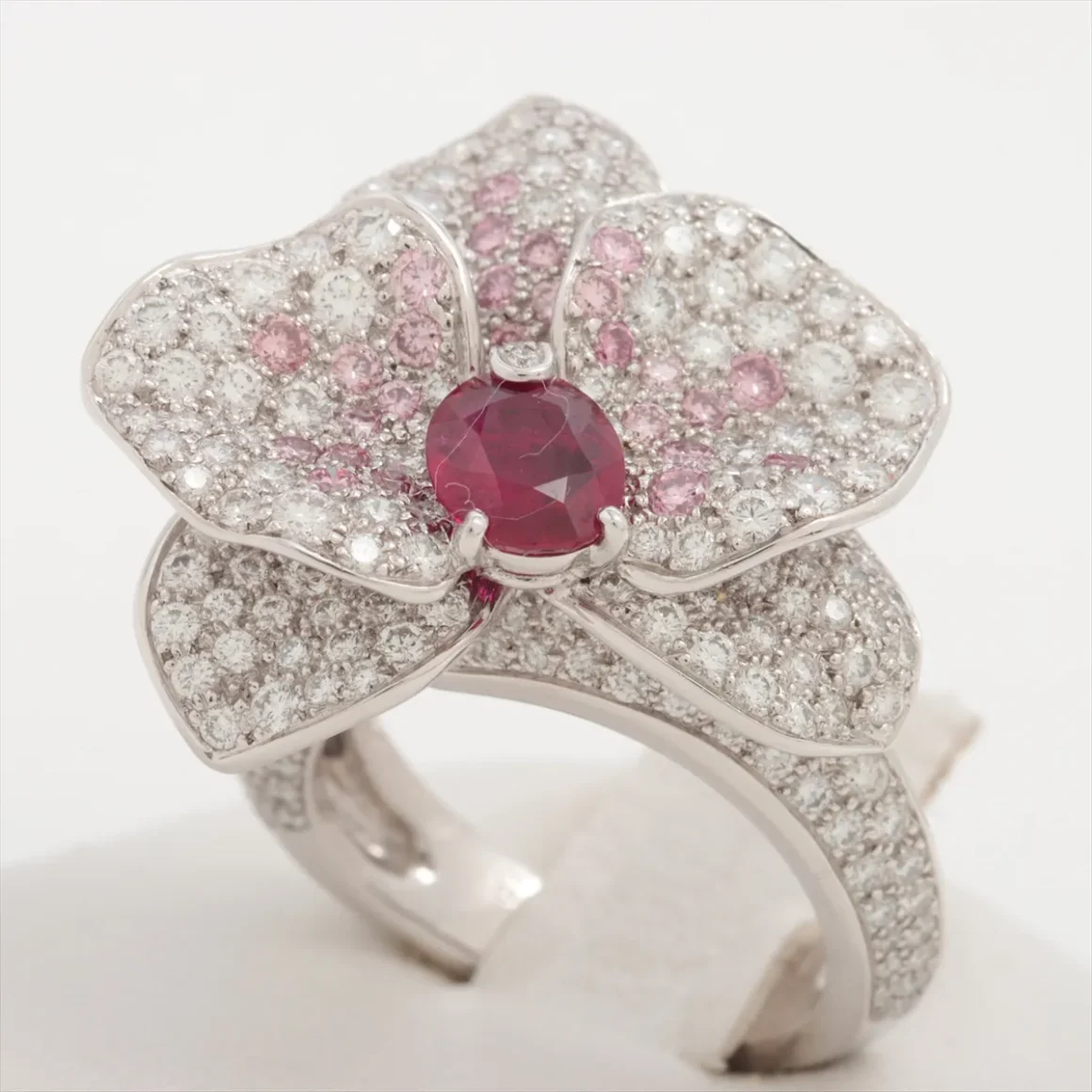
2. Rarity and Limited Editions
One of the most important factors in determining whether a piece of jewelry will increase in value is its rarity. Limited-edition pieces, or those that are no longer in production, tend to be highly sought after by collectors. The scarcity of a piece naturally drives up its value over time, especially if it is tied to a famous collection or a celebrated period in the brand’s history.
How to Spot Rarity:
Look for jewelry that was part of a limited release or special collaboration. Additionally, vintage or antique pieces from bygone eras—such as Art Deco, Victorian, or Edwardian—are often prized for their historical significance and unique craftsmanship, further adding to their rarity and desirability.
3. Gemstone Quality and Carat Weight
The intrinsic value of jewelry is heavily influenced by the quality and size of the gemstones it contains. Diamonds, sapphires, rubies, and emeralds are classic gemstones known for their lasting value. When evaluating jewelry as an investment, it’s essential to consider the 4Cs—cut, clarity, color, and carat weight—for diamonds, or the color intensity and clarity for colored gemstones. Larger, high-quality stones are more likely to appreciate in value, particularly if they are from renowned sources.
Why Gemstone Quality Matters:
The gemstone market fluctuates, but high-quality, rare stones generally increase in value over time. Stones with perfect clarity and deep, vibrant color—especially in significant carat sizes—are typically much more valuable and likely to appreciate in value.
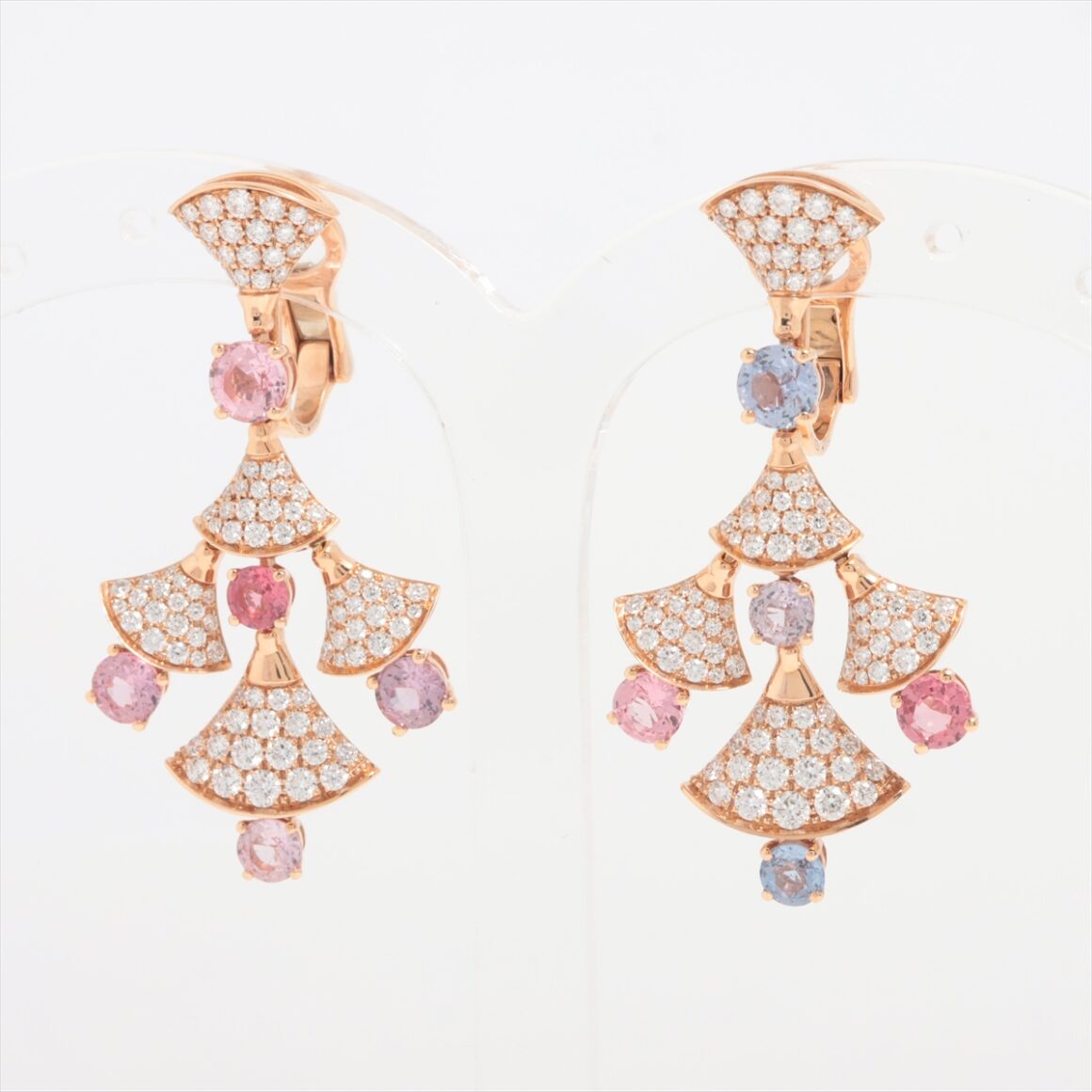
4. Vintage and Antique Jewelry
Vintage and antique jewelry pieces often hold their value due to their rarity, craftsmanship, and historical appeal. Pieces from periods such as the Art Deco (1920s-1930s) or Edwardian (1901-1910) eras are particularly prized for their intricate designs and the quality of materials used.
Investment Potential:
Certain styles and eras in jewelry history, like Art Deco, have seen a resurgence in demand. The scarcity of pieces from these periods, combined with their timeless design and exceptional craftsmanship, makes them strong contenders for appreciation over time.
5. Condition and Provenance
The condition of a piece plays a significant role in its value. Well-preserved jewelry, free from significant damage or alterations, tends to command higher prices, especially if it comes with its original packaging or documentation. Provenance—the history of the piece, including previous ownership—can also add value, particularly if the piece was owned by a notable figure or has a documented history.
Why Provenance Matters:
Jewelry with documented provenance is often more desirable to collectors, as it adds an element of prestige and authenticity to the piece. Additionally, original condition and minimal restoration can significantly boost the value of vintage and antique jewelry.
6. Signature Design Elements
Certain jewelry designs are instantly recognizable and associated with luxury and status. Pieces that feature signature design elements from renowned houses, such as Cartier’s “Love” bracelet, Van Cleef & Arpels’ “Alhambra” collection, or Maison Designers’ avant-garde necklaces, often hold their value or appreciate over time due to their timeless appeal and enduring popularity.
What to Look For:
Seek out jewelry that features iconic or signature motifs from well-known designers or houses. These designs are often coveted for their collectibility and brand association, ensuring a stable or growing market demand.
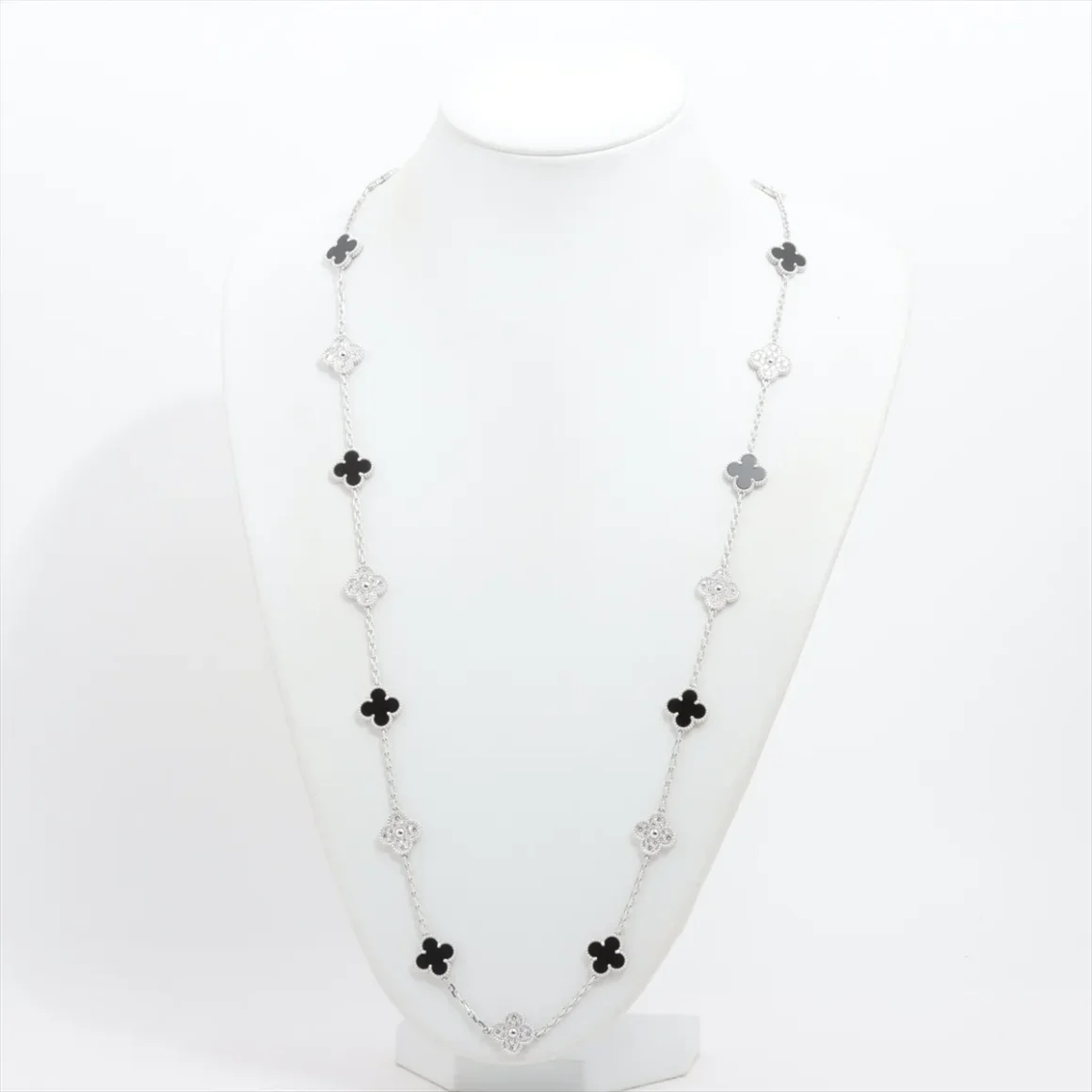
7. Look for Unique Craftsmanship
Jewelry that features unique, complex craftsmanship—whether through intricate metalwork, unconventional materials, or innovative techniques—tends to stand out in the market. Handcrafted or bespoke pieces, especially those that require extensive time and skill to produce, are often more valuable due to their uniqueness.
Why Craftsmanship is Key:
The attention to detail and the amount of labor involved in creating a piece can significantly affect its future value. Jewelry that demonstrates unparalleled craftsmanship, particularly from well-known artisans, is highly collectible and can increase in value as it becomes rarer over time.
8. Historical and Cultural Significance
Jewelry pieces that carry historical or cultural significance often become highly valuable over time. Whether tied to a particular historical figure, an important cultural moment, or a defining design movement, these pieces often fetch higher prices at auctions or private sales.
Examples:
- Jewelry pieces that were part of a royal collection or worn by celebrities at high-profile events.
- Pieces tied to significant historical periods like the French Revolution or the Golden Age of Hollywood.
Conclusion
Identifying jewelry that will appreciate in value requires a combination of market knowledge, an eye for craftsmanship, and an understanding of the elements that make a piece rare and desirable. Iconic brands, rare gemstones, historical significance, and limited-edition releases are all key factors that can signal a piece’s potential to increase in value over time. For those looking to invest in high-end jewelry, it’s essential to focus on timeless designs, reputable brands, and the quality of materials used.
With the right research and careful selection, jewelry can be both a stunning addition to your collection and a profitable investment for the future.


